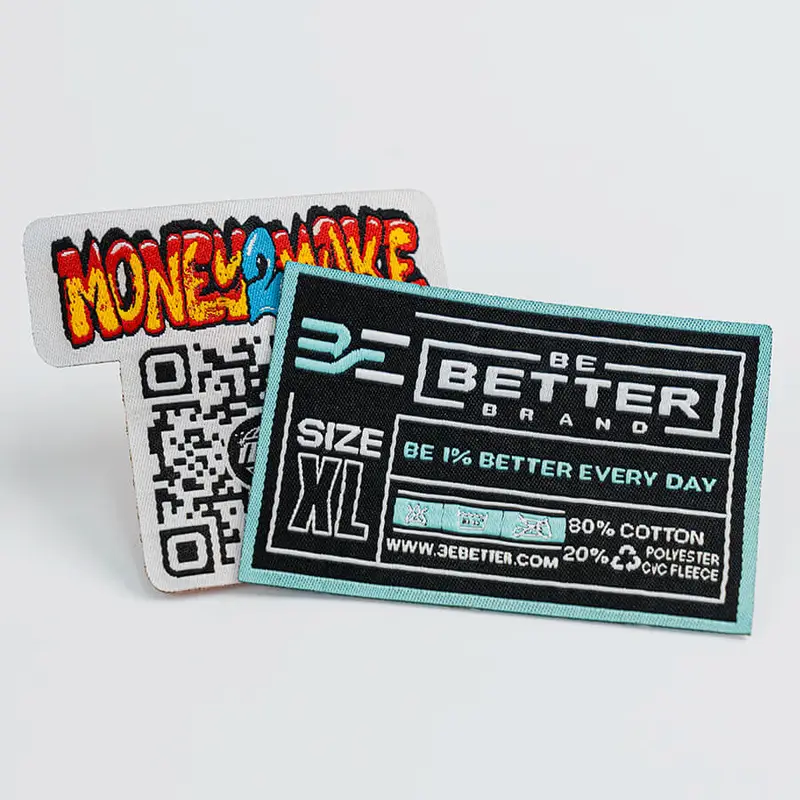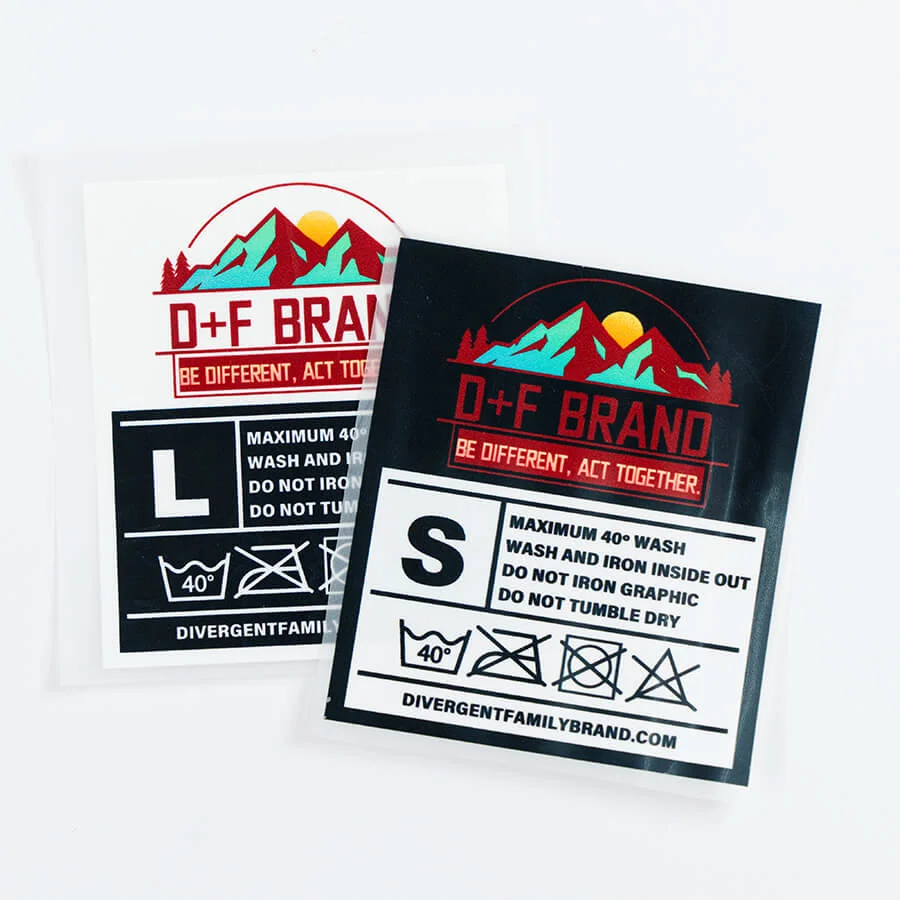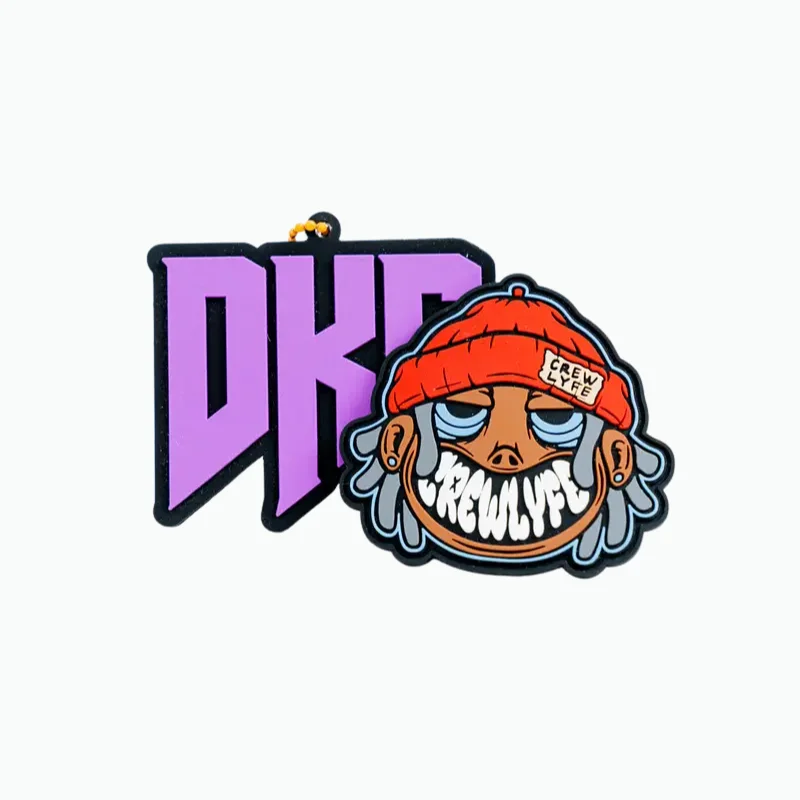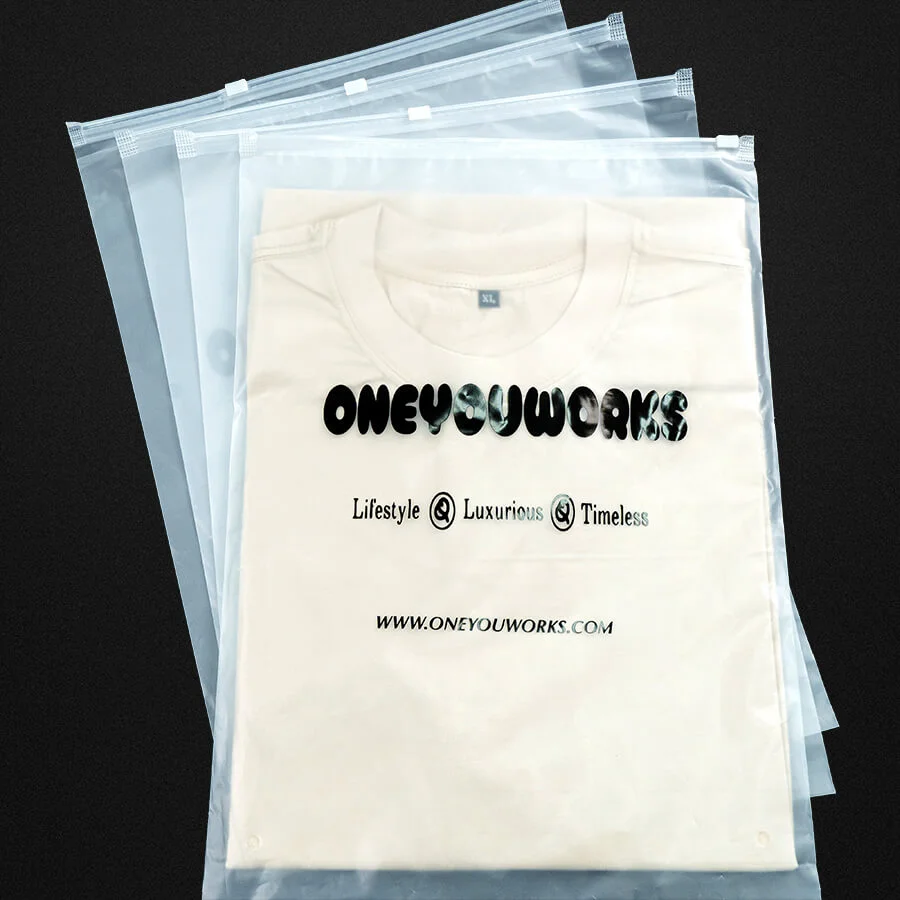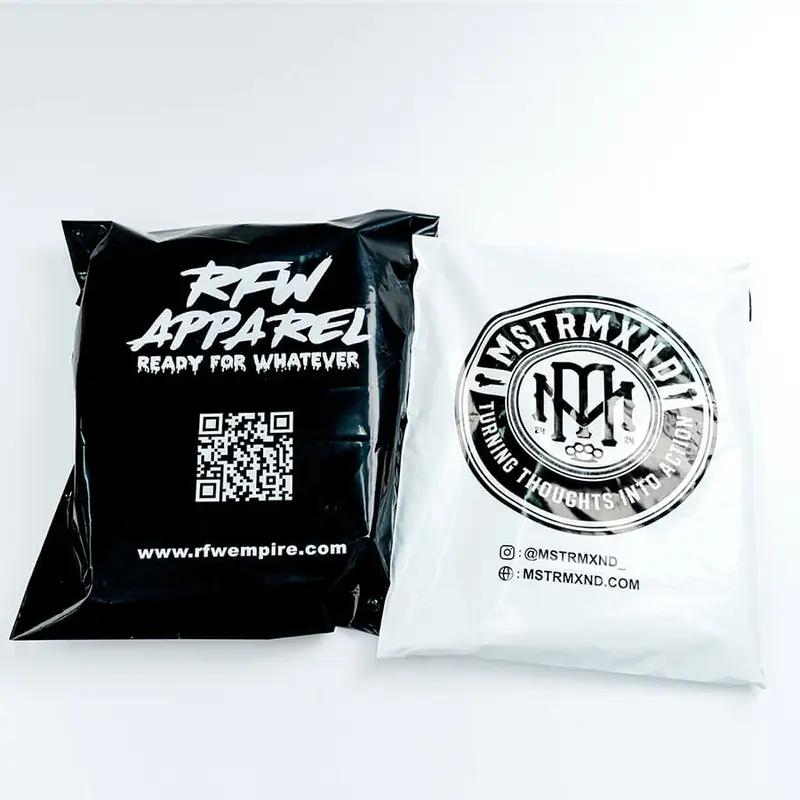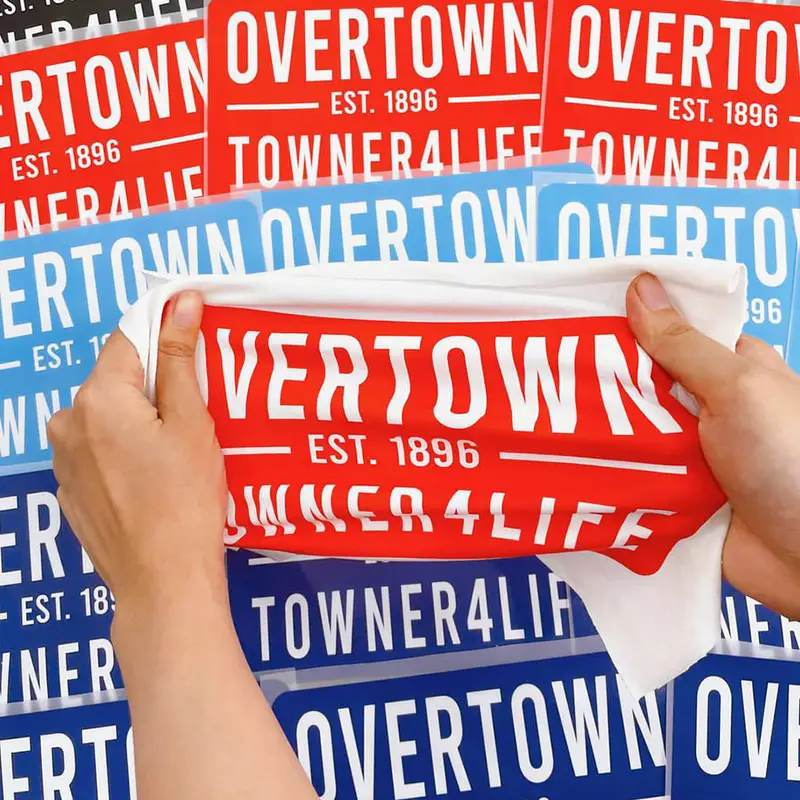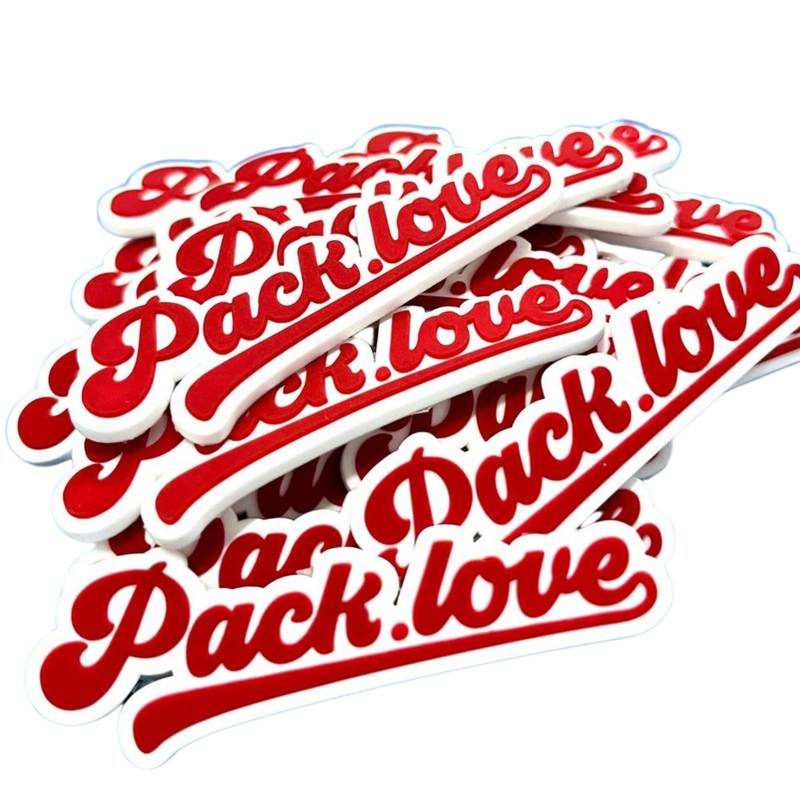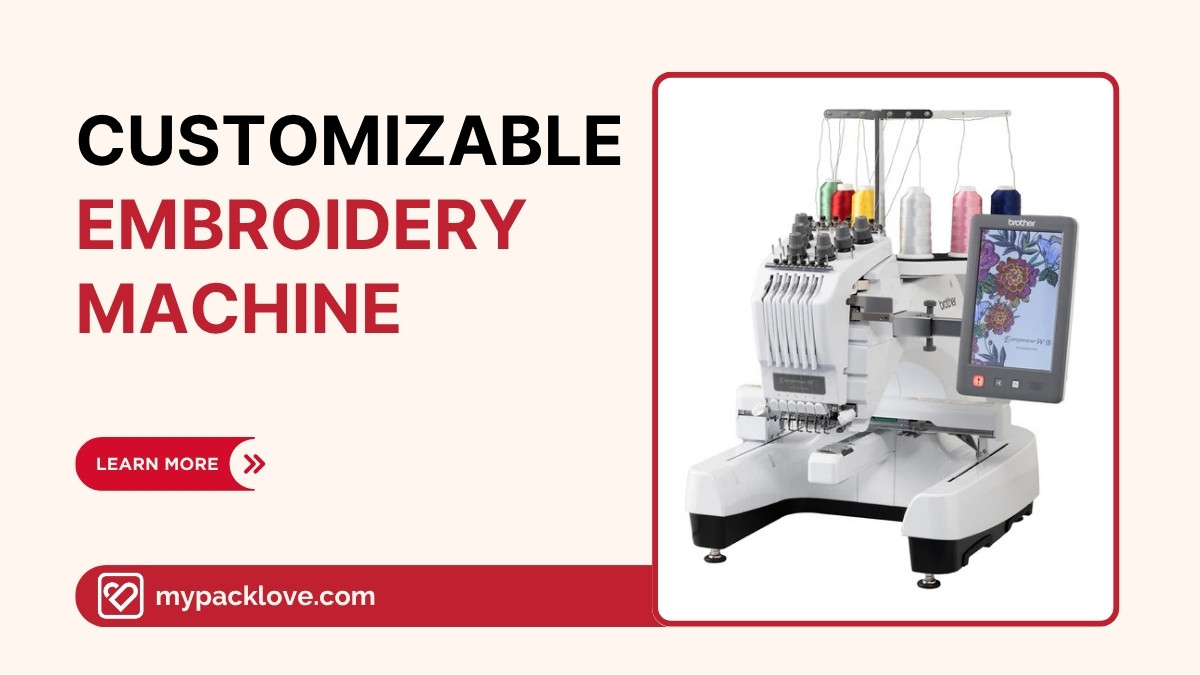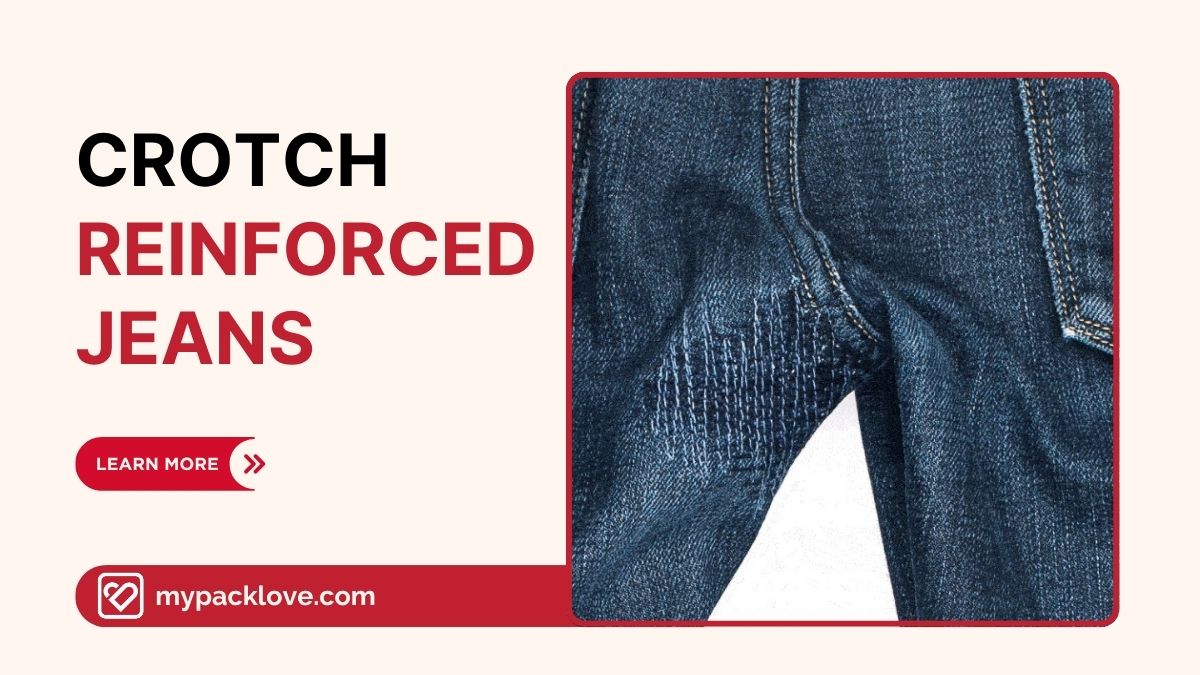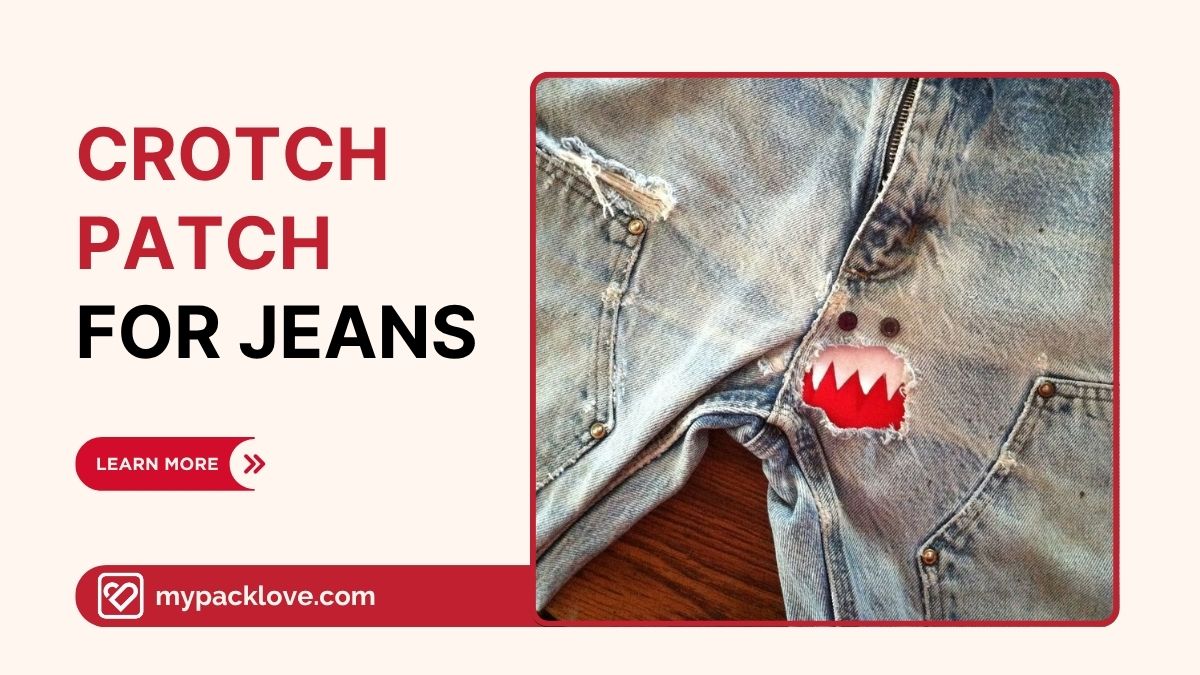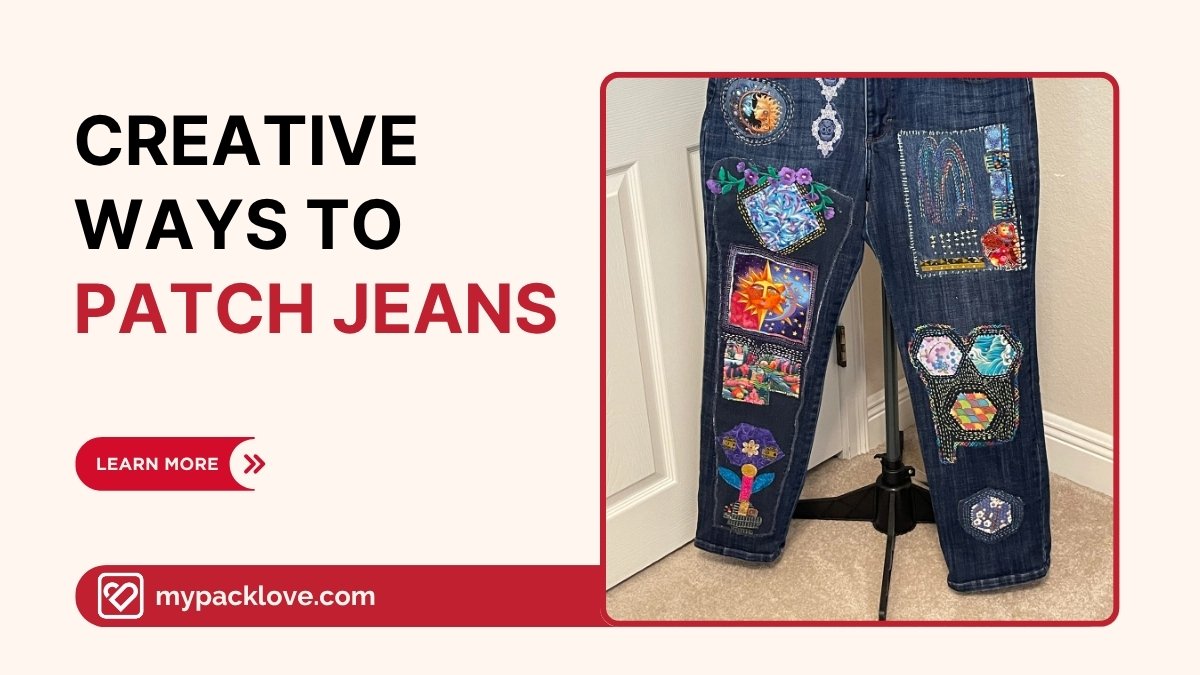Fit Models and Clothing Sizes: Expert Guide to Consistent Fit
For clothing businesses, consistent sizing is key to customer satisfaction and reduced returns. This guide explores how fit models shape clothing sizes, revealing both the benefits and limitations. Discover practical strategies to improve your sizing process, minimize returns, and build a loyal customer base. Learn alternative sizing approaches, empowering your brand for success in the competitive fashion market!
1.Decoding the Fit Model: Your Silent Partner in Clothing Sizes
1.1 What Exactly is a Fit Model and Why Should You Care?
A fit model is a professional hired by the fashion industry. They play a crucial role in the apparel design and manufacturing process. Garment fit, consistency and overall appearance are heavily influenced by these individuals.
Unlike runway models who primarily showcase finished garments, fit models help designers and manufacturers perfect the fit of clothing. They try on sample garments at various stages of development. Providing feedback on comfort, movement and how the garment drapes on their body.
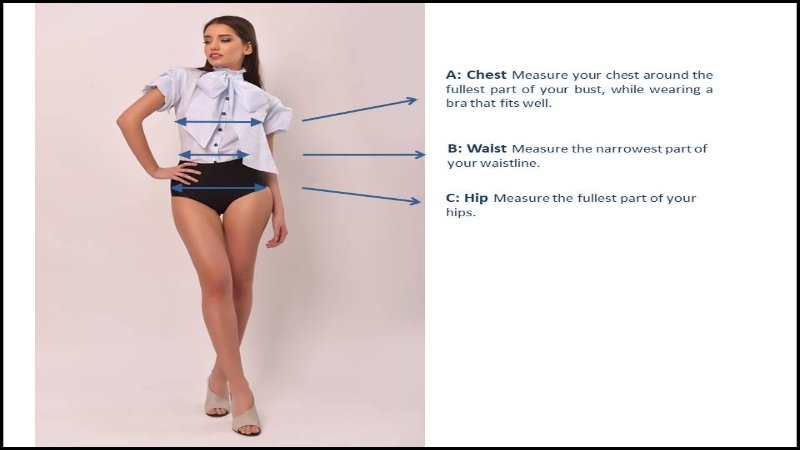
1.2 The “Ideal” Body: How Fit Models Embody Target Customer Profiles
Brands select fit models to represent their target customers. This involves choosing individuals whose body measurements and body shape align with the brand’s typical customer profile. This “ideal body” serves as a template for sizing.
The fashion industry often uses “standard” body measurements and proportions as a basis for sizing. While these standards aim to create consistency, it’s important to recognize that they represent a narrow range of body types.
2. The Tangible Impact: How Fit Models Directly Shape Clothing Sizes
2.1 From Measurement to Garment: The Fit Model’s Role in Pattern Making
Fit models are integral to the pattern making process. Designers and pattern makers use fit model measurements to create and refine garment patterns. This ensures that the initial design translates accurately to a physical form.
The process often involves draping fabric directly on the fit model to visualize the garment’s shape and fit. Adjustments are made to the pattern based on how the garment hangs and moves on the model’s body. The fit model’s feedback on comfort and movement is invaluable during this stage.

2.2 Ensuring Consistency Across Sizes: Grading and the Fit Model’s Influence
Fit models also play a crucial role in ensuring consistency across a size range. Once a base size is perfected on the fit model, the pattern is “graded” to create larger and smaller sizes. Maintaining proper proportion is key during this process.
Grading involves adjusting the pattern’s dimensions proportionally to create different sizes. The fit model’s initial measurements serve as a reference point to ensure that the fit and proportions are maintained as sizes increase or decrease. Clothing size standards and accurate size charts are crucial for effectiveness.
3.1 The Diversity Dilemma: Can One Fit Model Represent Everyone?
One of the biggest challenges is body diversity. A single fit model cannot accurately represent all body types and shapes. Size inclusivity is a growing concern and brands are increasingly recognizing the need for more diverse fit models.
Relying on a single fit model can lead to sizing inconsistencies and exclude customers who don’t fit the “standard” mold. Addressing these limitations requires a more inclusive approach to sizing, potentially incorporating multiple fit models representing different body types. Body type representation is very important.
3.2 Subjectivity and Interpretation: The Human Element in Sizing
Fit is inherently subjective. What feels comfortable and looks good to one person may not be the same for another. Even with fit models, there can be variations in fit and sizing due to individual preferences and interpretations.
The human element in sizing means that there’s always a degree of subjectivity involved. Designers, pattern makers and fit models themselves may have slightly different perceptions of fit. Acknowledging this subjectivity is important for managing customer expectations.

3.3 Cost and Accessibility: The Practicalities of Using Fit Models
Hiring professional fit models can be costly, especially for small businesses with limited resources. This presents a significant barrier to entry for some brands. Exploring alternative approaches is often necessary.
Alternatives might include using 3D body scanning technology, virtual fit avatars, or gathering feedback from a wider range of real customers. These methods can be more accessible and cost-effective while still providing valuable insights into fit and sizing. Considering practicalities and alternatives is crucial.
4. Beyond the Traditional: Exploring Alternative Sizing Strategies
4.1 Embracing Technology: Digital Body Scanning and Virtual Fit Models
Technology is revolutionizing the fashion industry and sizing is no exception. Digital body scanning and virtual fit models are emerging technologies that offer exciting possibilities. These tools can capture precise body measurements and create virtual representations of individuals. Digital body scanning uses sensors to create a 3D model of a person’s body, capturing detailed measurements. Virtual fit models allow customers to “try on” clothes virtually.
4.2 Customer Feedback and Data-Driven Sizing Adjustments
Collecting customer feedback on fit is crucial for refining sizing and improving customer satisfaction. Data-driven insights can reveal patterns and trends that might not be apparent through traditional methods. Analyzing customer data helps brands make informed decisions.
Strategies for gathering customer feedback include online surveys, fit reviews and analyzing return data. Identifying common fit issues and understanding customer preferences can lead to more accurate and consistent sizing. Analyzing returns due to fit issues can provide valuable insights.
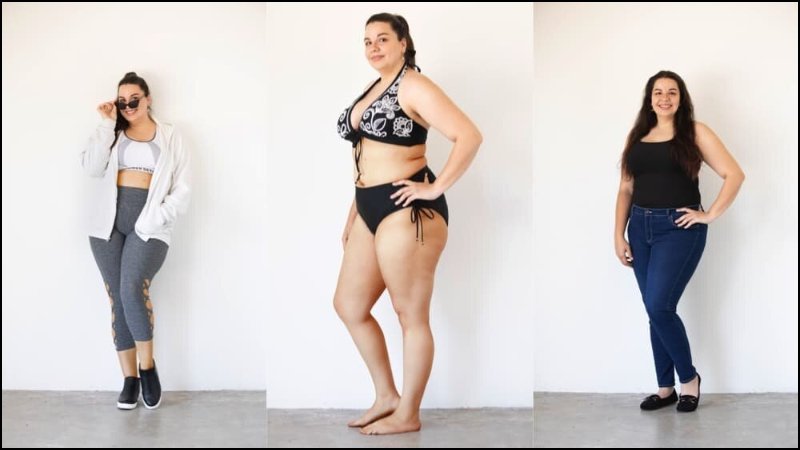
5. Expert Tips for Consistent Clothing Sizes: A Practical Guide for Brands
5.1 Develop Detailed and Accurate Size Charts: Your Sizing Blueprint
Accurate size charts are essential for guiding customers to the correct size. Your size chart should be comprehensive, including key body measurements such as bust, waist, hips and inseam. Present these measurements clearly and concisely.
Provide clear instructions on how customers should measure themselves. Consider including visual aids or diagrams to further clarify the measurement process. Regularly review and update your size chart based on customer feedback and evolving body measurements within your target demographic.
5.2 Understand Your Target Customer’s Body Type: Know Your Audience
Thoroughly understanding your target customer’s body type is crucial for creating well-fitting clothing. Conduct market research to gather data on the size and shape distribution of your typical customer. Analyze customer demographics and purchasing patterns.
Consider using surveys, focus groups or analyzing existing customer data to gain insights into your audience’s body shapes and sizes. This information will inform your fit model selection, pattern-making and grading processes.
5.3 Regular Fit Trials and Quality Control: Maintain Your Standards
Conduct regular fit trials throughout the design and production process. This ensures that the garment fits as intended at various stages of development. Implement rigorous quality control checks.
Quality control should involve verifying measurements against the size chart and assessing the overall fit and appearance of the garment. Consistency is key, so ensure that all garments within a production run meet the established sizing standards. Maintaining garment quality builds trust.
6. FAQs about Fit Models and Clothing Sizes
6.1 Why do clothing sizes vary so much between brands?
Clothing sizes vary due to several factors. Brands often develop their own sizing standards based on their target customer. “Vanity sizing,” where sizes are intentionally made larger, also contributes. Different sizing standards exist globally.
6.2 Are fit models always the same size?
Fit models come in various sizes. Brands typically use models that represent their target size range, not just one single size. This allows them to develop patterns that fit a broader spectrum of customers.
6.3 How can I find clothes that actually fit me online?
Finding the right fit online requires diligence. Always check the brand’s size chart and compare it to your own measurements. Read customer reviews for insights into sizing and fit.
6.4 What is “vanity sizing” and why do brands do it?
Vanity sizing is the practice of labeling clothes with smaller sizes than their actual measurements. Brands do this for marketing purposes, aiming to make customers feel better about their size. This can lead to sizing inconsistencies.
6.5 Is it better to size up or size down if I’m unsure?
If unsure, consider the fabric and garment style. For stretchy fabrics or looser fits, sizing down might be okay. For fitted garments or non-stretchy fabrics, sizing up is generally recommended.
7. Packlove – Your Partner for Perfect Garment Presentation
We specialize in providing high-quality labels and tags for clothing brands. We understand the importance of accurate sizing information. Our services ensure that sizing information is clear. Packlove provides expert advice and solutions for clothing businesses, including best practices for displaying sizing information on labels and tags. We help you create a professional and cohesive brand presentation from garment fit to packaging.
Read more:
This guide has explored the significant impact of fit models on clothing sizes. We’ve highlighted the importance of understanding the complexities of sizing, including body diversity, subjectivity and the limitations of traditional methods. Striving for consistency is an ongoing process.

